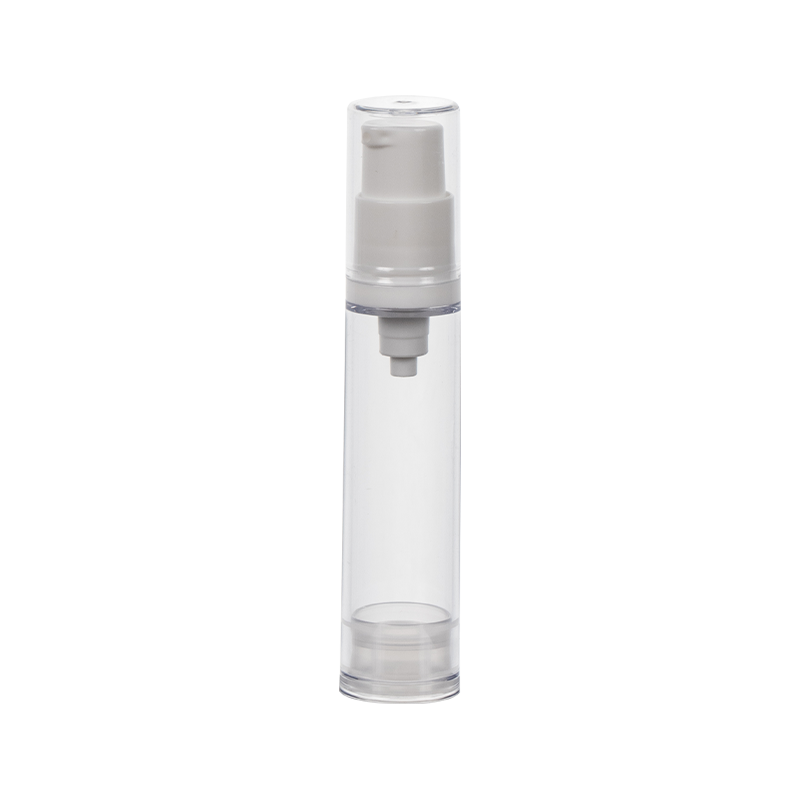What are the key steps in the production process of empty cosmetic pens?
Dec 04, 2024
As an important part of modern cosmetic packaging, the production process of empty cosmetic pens involves multiple complex and precise steps. Each step directly affects the quality and performance of the product, ensuring its beautiful appearance, firm structure and reliable function. The following is an analysis of the main key steps in the production process of empty cosmetic pens:
1. Raw material preparation and processing
Empty cosmetic pens are usually made of high-quality plastics, aluminum alloys or composite materials, and their selection must meet the requirements of lightness, environmental protection and durability.
Material screening: Manufacturers will select raw materials that meet international cosmetic packaging standards (such as food grade or medical grade plastics) to ensure safety and compatibility.
Material processing: Plastics usually need to be dried to remove moisture, while metal materials need to be cut and polished to form a preliminary shape to reduce the difficulty of subsequent processing.
2. Injection molding
This is one of the most core steps in the production process of empty cosmetic pens, mainly used to manufacture key components such as pen shells, inner cores, and pressing mechanisms.
Mold design: High-precision mold design ensures that the size of each component is accurate to meet assembly and use requirements.
Injection molding process: The molten plastic is injected into the mold and molded by high pressure cooling to form basic components such as pen shells. In order to achieve higher appearance requirements, some products may require two-color injection molding or transparent injection molding.
3. Surface treatment
In order to enhance the beauty and texture of the product, manufacturers will perform surface treatment on the pen shell and related parts.
Coating and printing: Through spraying or electroplating processes, the surface of the pen shell has a variety of colors and textures (such as matte or high gloss).
Pattern printing: Use pad printing, screen printing or thermal transfer technology to print brand logos or other decorative patterns.
Anti-fouling coating: Some high-end hollow cosmetic pens will add anti-fingerprint or anti-scratch coatings on the surface to improve durability and beauty during use.
4. Pen head and inner core assembly
The key to the functional design of hollow cosmetic pens lies in the assembly process of the pen head and the inner core to ensure that the cosmetics can be applied smoothly.
Pen head manufacturing: According to the use requirements, the pen head can be made of sponge, brush or ball. Each material needs to be finely processed to ensure softness and cosmetics export efficiency.
Inner core design: The inner core usually adopts a special tubular structure to hold cosmetics and control their flow. Precision assembly can ensure the tightness of the inner core and the pen tip to prevent the contents from leaking or drying.
5. Assembly and functional testing
The assembly process in production mainly involves splicing the components and performing functional tests to ensure the quality of the product.
Automated assembly: Use automated manipulators to assemble the pen shell, pen tip, pressing device and inner core into a complete product. Automated assembly can improve efficiency and reduce human errors.
Sealing test: Ensure the tightness of the product through air pressure or hydraulic pressure testing to prevent cosmetics from leaking during use or storage.
Functional test: Simulate the actual user usage scenario, test the smoothness of the pen tip and the sensitivity of the pressing device, and ensure that the product's performance meets the design requirements.
6. Cleaning and disinfection
As the direct packaging of cosmetics, empty cosmetic pens need to be thoroughly cleaned and disinfected before leaving the factory.
Deionized water cleaning: Use high-purity deionized water to clean all parts to remove particles or chemical residues that may be attached during the production process.
UV disinfection: Use UV equipment to sterilize the product, which is particularly suitable for high-end markets or medical-grade cosmetics.
7. Packaging and storage
The finished empty cosmetic pencils need to be precisely packaged to ensure that they will not be damaged during transportation and storage.
Packaging material selection: Use anti-static and well-sealed packaging materials to protect the product from external environmental pollution.
Label printing: Label the packaging, including brand information, production date, batch number, etc., for subsequent quality tracking management.
Storage environment control: Store the finished product in a constant temperature and dry environment to avoid the impact of high temperature and high humidity on product performance.


 English
English 中文简体
中文简体












